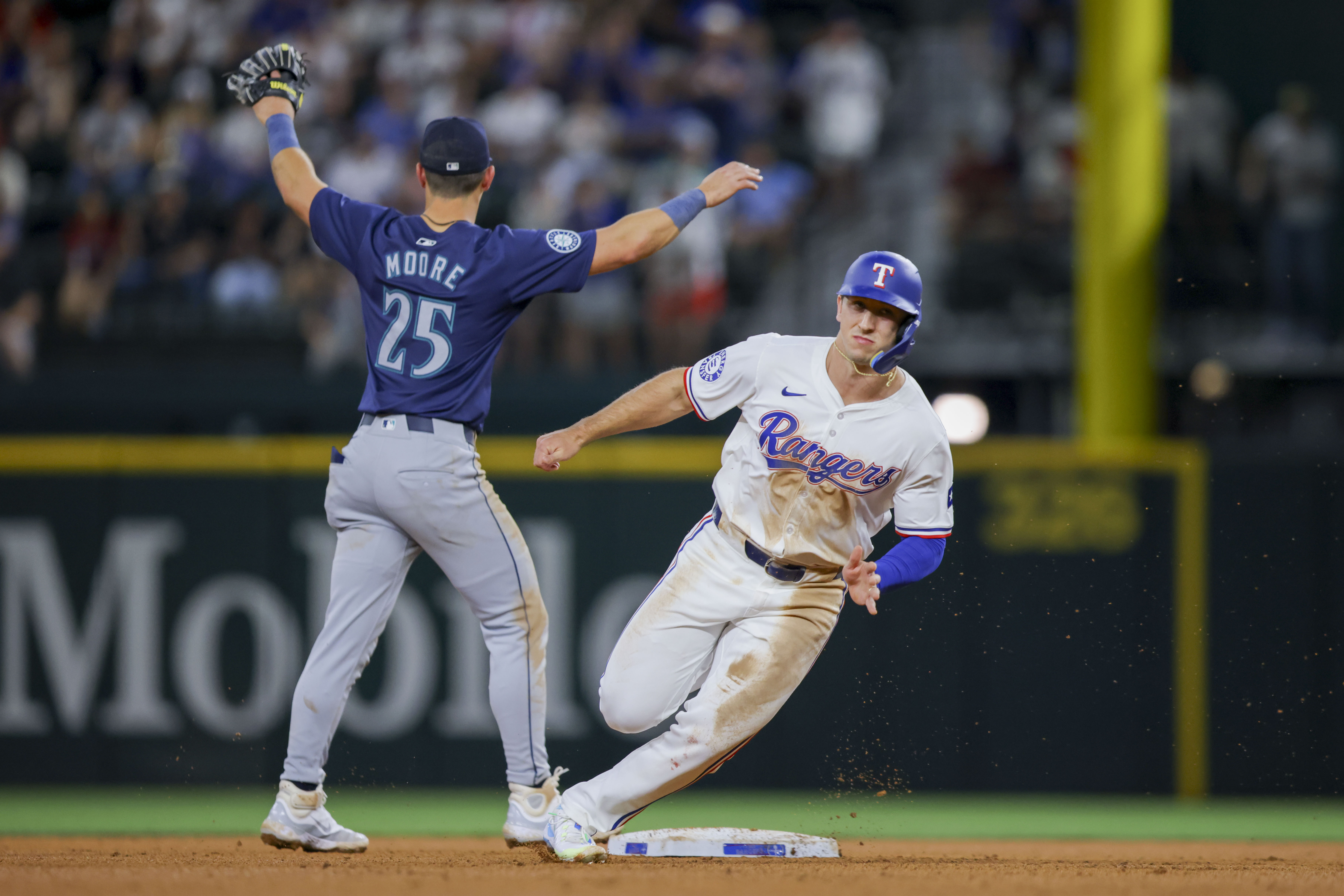The University Interscholastic League has updated its guidelines for summer strength and conditioning and sport-specific instruction.
These new guidelines will go into effect until the first day of instruction or the start of in-season activities, whichever comes first, the UIL said.
The UIL is working with state officials and monitoring CDC and federal guidance to determine potential modifications.
According to the UIL, schools should take their local context into account when deciding whether to offer summer strength and conditioning on campus. Schools should follow all state requirements and consider developing a plan to mitigate the spread of COVID-19.
Schools are required to develop plans for the 2020-2021 school year, and may also choose to make plans for summer activities. These plans do not need to be approved by the UIL.
The UIL said schools should also consider having an individual or group dedicated to ensuring that health protocols are implemented and followed.
Sports Connection
Connecting you to your favorite North Texas sports teams as well as sports news around the globe.
Face coverings should be worn by all employees, parents, visitors and students 10 years old or older when entering an area where UIL activities are being conducted and when not actively exercising, the UIL said.
Masks and face coverings include non-medical grade disposable face masks, cloth face coverings, and full-face shields to protect eyes, nose, and mouth.
Exceptions to the face-covering or face shield requirement include:
- Any person with a medical condition or disability that prevents them from wearing a face covering
- While a person is eating or drinking
- While the person is in a pool, lake, or body of water
- When a group is maintaining at least six feet of social distancing
- Any other reason or circumstance indicated under Gov. Abbott's executive order
According to UIL, schools may allow students who are actively exercising to remove face coverings as long as they maintain at least six feet of distance from others who are not wearing face coverings.
Schools must require students and staff to wear masks or face coverings when they get into positions that allow them to maintain safe distancing, UIL said.
UIL said attendance at workouts should be optional for students, and schools should consider providing guidance for working out at home, remotely, or away from school. Such guidance can include virtual workouts or electronically delivered workout instructions.
Attendance records shall be kept, but students should not be required or allowed to make up missed days or workouts, UIL said.
Any fees should be established by the superintendent and collected by the school. Payments to coaches should come from the school and not from any other source.
According to UIL, schools must develop plans to mitigate the spread of COVID-19 in order to give students access to locker rooms and shower facilities no earlier than July 13.
Students should arrive for workouts in proper gear and should immediately return home to shower after their workouts.
Hand sanitizer or hand-washing stations should be available in the workout area, and students and staff should be encouraged to use them frequently, UIL said.
All surfaces in workout areas should be disinfected throughout the day and at the end of each day.
Clothing, towels, food, and water should not be shared during workouts, and clothing and towels should not be laundered on site.
UIL said that schools should plan entry and exit procedures to reduce the number of students and parents congregating outside, in workout areas, or in parking areas. These plans can include staggering start and end times, assigning students to entries and exits to ensure an even distribution of individuals, instructing students to enter one at a time, and waiting six feet apart outside the entrance.
If a school plans to offer transportation for summer activities, schools should follow related TEA guidance, UIL said.
According to UIL, schools should also consider having students remain with a single group to minimize the number of individuals who must isolate if a case of COVID-19 is confirmed.
Any individuals who test positive for COVID-19 or experience symptoms of the virus must stay at home throughout the infection period, UIL said. These individuals cannot return to campus until they have been screened by the school to determine that the conditions for campus re-entry have been met:
- At least 72 hours have passed since their fever has resolved without the use of fever-reducing medications
- The individual's symptoms have improved
- At least 10 days have passed since symptoms first appeared
If an individual has symptoms consistent with COVID-19 but is not evaluated by a medical professional or tested for the virus, that individual may not return to campus until the individual has met the three-step criteria, UIL said.
If an individual with symptoms of COVID-19 wants to return to school before completing the stay at home period, the individual must either obtain a doctor's note clearing them for return or receive two separate confirmations at least 24 hours apart that they do not have the virus.
Individuals who have had close contact with someone who has tested positive for COVID-19 should stay at home during the 14-day incubation period and should not be allowed on campus.
According to UIL, close contact is defined as:
- Being directly exposed to infectious secretions
- Being within six feet for a cumulative duration of 15 minutes while not wearing a mask or face shield
- If either occurred within the last 14 days during the time when the individual with COVID-19 was infectious
Schools should screen individuals after the incubation period has ended. If the individual did not experience COVID-19 symptoms, they can be allowed back on campus. If the individual did experience symptoms, they must stay at home until they have met the three-step re-entry criteria, UIL said.
According to UIL, individuals with COVID-19 are presumed to be infectious for at least two days prior to the onset of symptoms. If the individual is asymptomatic, they are presumed to be infectious for two days prior to the confirming lab test.
Schools must immediately separate any student who shows COVID-19 symptoms until the student can be picked up by a parent or guardian.
The areas used by the individual who shows symptoms should be cleaned as soon as possible.
Students who report feeling feverish should be given a temperature check to determine if they are symptomatic for COVID-19.
If an individual who has been at school tests positive for COVID-19, the school must notify the local health department.
Schools must close off areas that were used by the individual who tested positive for COVID-19 until the surfaces can be disinfected unless more than three days have passed since the infected person was on campus.
Schools must also notify all teachers, staff, and families of all students if a case of COVID-19 is identified among the individuals who participate in on-campus activities.
"There is no 100% guarantee way to keep kids from getting infected if they're going to play, but I think parents should be comfortable knowing that if they follow the guidelines, the risk is significantly reduced," said Children's Health director of pediatric and sports medicine Dr. Troy Smurawa.
Smurawa said parents should ask tough questions of administrators, like specifics on how they're creating distance between students and how they're disinfecting equipment.
Also, parents should ask about the school plan if a team member potentially has COVID-19 as well as making sure their children are taking precautions at home.
"When they do come home, appropriate things like changing their clothes and their shoes, taking a shower, doing those things to help minimize the risk of spread," he said.



